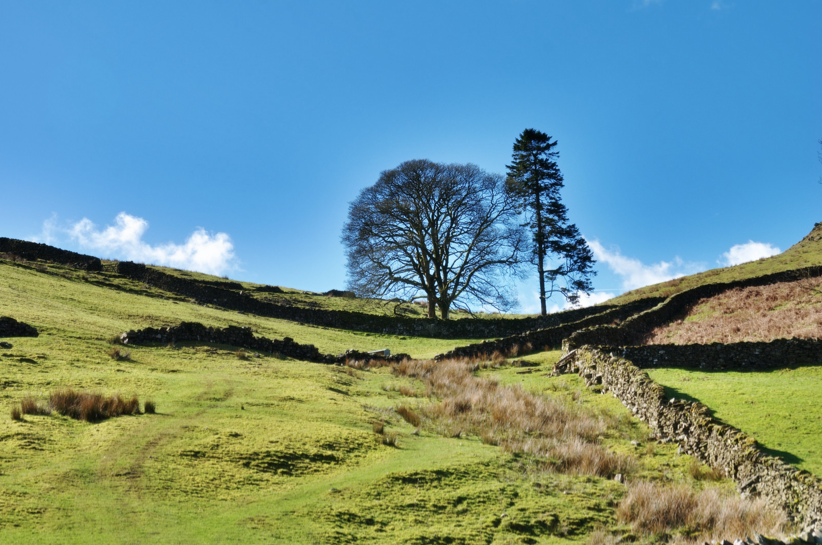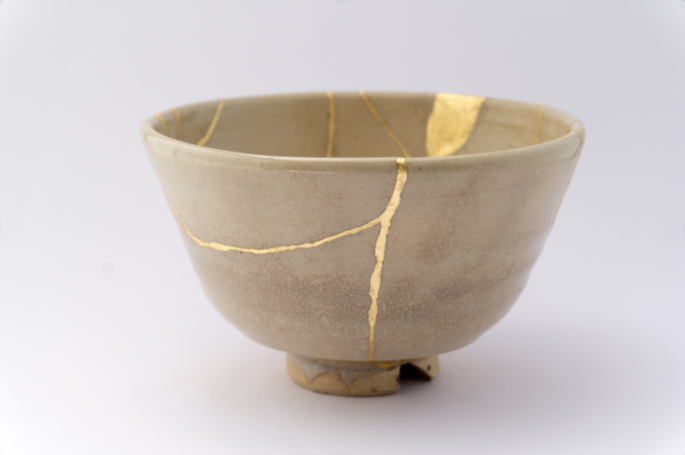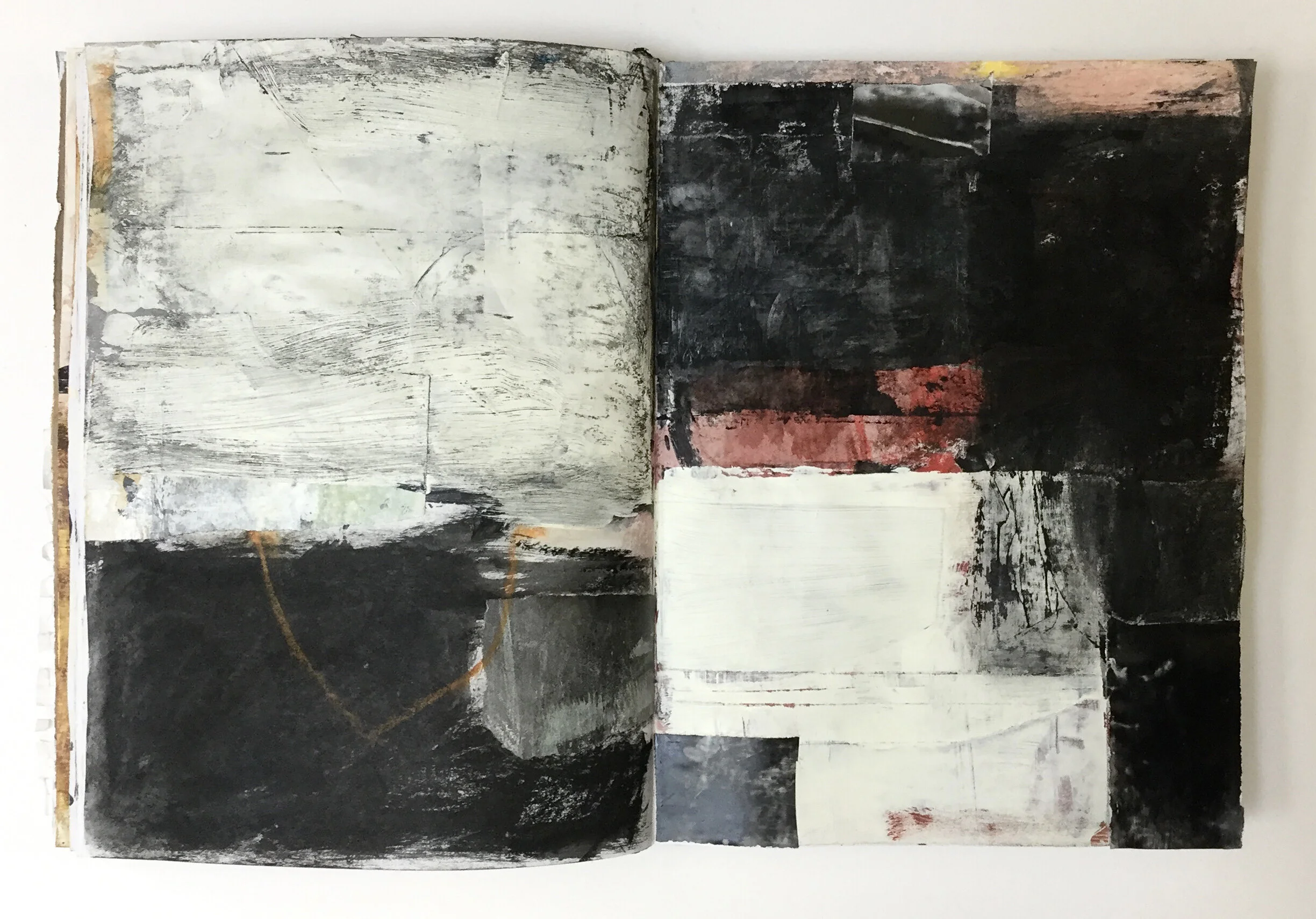THE ROLE OF INFLUENCE
/It’s claimed that Pablo Picasso said “Good artists copy, great artists steal.” There is great wisdom in this sharing, regardless of whether Picasso actually said it or not. So much so that the writer Austin Kleon fashioned a wonderful little book called ‘Steal Like an Artist’ on this concept and helped to broaden the understanding of what Picasso may have meant by this quote.
Being creative means finding a new undiscovered path, perhaps something that has never been done or seen before. As artists and creators we want our expression to communicate our unique voice and sensibilities. This feels essential for us, and is a deep longing, a driver and a worthy pursuit.
For many artists this feeling of wanting to create work from an authentic place can become a preoccupation and can get in the way of utilizing art history, influence, and the broad scope of teachers and guides available to us.
But every artist begins to understand who they are as a creative by learning their craft and building on all that is available to them, and all that has come before. We are immersed in art history, and in recent years, social media has immersed us in an endless array of creative work by other artists. We can’t help but look, compare, and feel the powerful role of influence.
So how do we harness this influence for our own artistic development? How do we remain clear on what is ours and what we’re taking that goes beyond that influence and treads into the territory of plagiarism? How do we respect the work of others while learning from them?
The quickest, most concise answer is to take what has inspired us and make it our own.
But let's break this down a bit further to understand the complexity of influence and how we can utilize it for our benefit, while protecting and honouring the creative process of others. It’s essential that we bring our integrity to the process. We can “steal like an artist,” but we shouldn’t take what is not ours to take.
Every artist expends a great deal of time and energy as they commit to developing something new, while honing their skills so that the work they make carries their authentic voice, delivering it clearly and with impact.
Those artists put in the time and work, and it shows in the end result. If you simply copy what they did, it will fall flat and not feel connected, because it isn’t coming through you in the way that art needs to. It’s literally missing your authenticity, and that can be felt in the work. So it doesn’t serve our growth as artists to do this. But, it does serve us to notice the work that moves us, inspires us and work with that to discover more about our authentic voice – a voice that already resides within us.
No artist is immune from this effect of influence and has to find their own way of working with it for creative growth. In fact, as a beginner we spend a great deal of time learning from others through courses and instruction. Throughout our development as artists we may have influential teachers, mentors, or coaches helping us to achieve our desired place with our work and our art careers. It’s what we do with these powerful imprints of influence on our artistic development that makes all the difference for us.
While there may be a period of admiring, and even emulating a significant teacher or mentor, we need to find a way to utilize all that was given to us and innovate further. We need to bring our own creative potency to all that we have learned and absorbed and ask “what can I do with this now?”
We need to allow our authentic position to come forward and, more importantly, we need to respect it, trust it, and honour it when it does come through. Often there is a tendency to immediately compare what is coming forward for us in our creative work to others that are much further along than us. And when we do, we squash our budding authentic expression before it has had a chance to take form – before we have even let breathe.
When we compare ourselves and notice a feeling that perhaps we don’t measure up, we need to return to our focus and continue on with our work. If we let that comparison energy grow active within us we may seek relief by taking what isn’t ours. We look for the quick solution instead of innovating, trying and failing to find our way. Taking the easy path, by stealing another’s expression, will always leave us feeling unfulfilled, simply because we know it isn’t ours.
But when we spend time considering the aspects of what inspires us and why, we can begin to transmute those influences through our own creative voice. The elements of what was inspiring for us then have room to grow in our work.
Notice what you notice, and then take time to reflect and ask yourself what specifically is speaking to you. Then ask yourself a very important question that will help clarify the role of that influence: what am I specifically attracted to and what has it activated within me?
We are attracted to creative work for two distinct reasons. One is because it is so different from what we would do, we are attracted to that contrast. The other is because we are recognizing ourselves – our voice – in the work. We are literally seeing something that feels like us – we’re seeing ourselves, perhaps even in a new way.
So when you see another artist’s work that feels compelling, ask yourself if you are attracted because it’s different or because it feels like you. This will help you to stay focussed on influences that are awakening your authentic voice for you to connect with more deeply. This is the role of influence that can propel your work forward and help you strengthen your creative position within that work – your voice.
This process of finding ourselves in the work that inspires us is so helpful in guiding us towards a creative position in our work, but we have to put in the time and make that influence a jumping off point for our own innovation. Stealing like an artist is not the same as stealing an idea and doing the same thing in your own work or creative offering. Stealing like an artist means that we see something that reminds us of a quality that exists within ourselves and that needs and wants to be expressed. It’s in the discovery of “how” it is going to be expressed that makes it ours, while still honouring the artist who inspired us with their work or message.
When we take influence from another, it only becomes ours when we make it into something new that contains our unique expression, sensitivity, and commitment to that process.
Influence is a potent driver for finding out even more about ourselves. In doing the necessary work that is required to maintain our artist’s integrity, we clear away everything that is not us in the process. We remain honest with ourselves and don’t simply choose the easy path of copying and overly appropriating another’s content or expression.
While it is often said that everything has already been done and there is nothing truly new, it hasn’t been done by you, in your way, with your unique approach and techniques. This you can trust.
When we focus our energy on knowing ourselves, meeting what arrives for us – both in our hearts and in our art-making – with the deepest compassion and acceptance, we would never want to be anything else other than who we truly are. We simply understand that this is the path – the creative path – and we get there by being truthful, aware, and committed to doing the hard work. There is no roadmap to follow, other than the one we are writing for ourselves through our integrity and commitment to creative wholeness.
Be yourself. Make your work from that place. Use influence wisely and sensitively. If you have been influenced by another and it’s clearly showing up in your work, then credit that artist for the gift they offered you – they helped you to discover more about yourself as an artist.
Trust and commit to the path you have chosen. You are an artist, so steal like one.
Prefer to listen? Click on the link below to listen to and/or download the audio version of this Blog post























